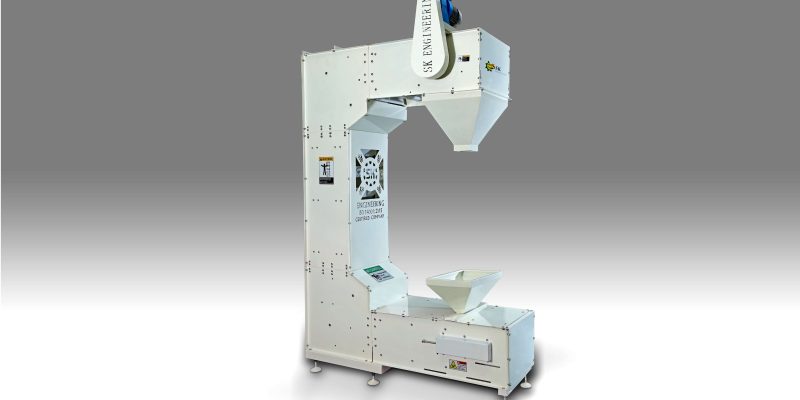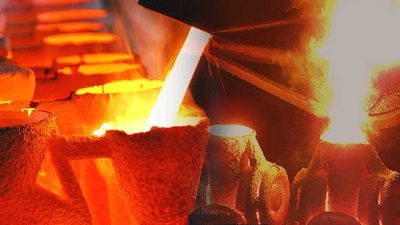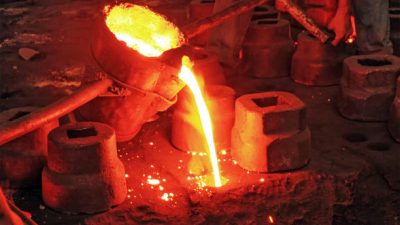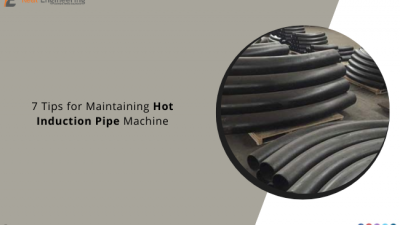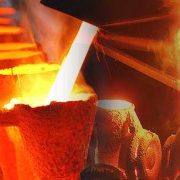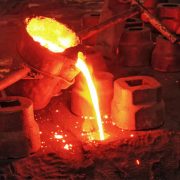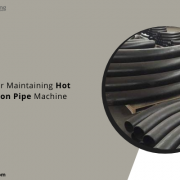A C Type Bucket Elevator is known as a conveying equipment that is used for the transportation of a variety of materials, vertically or inclined. This particular kind is of a ‘C’ shaped design is necessary to learn how C Type Bucket Elevator used to transport material with care and efficiency.
In contrast to other bucket elevators, the C Type Bucket Elevator is highly flexible and widely applicable when handling fine and bulk materials across industries. This blog gives you a detailed explanation of What is a C Type Bucket Elevator? Some characteristics of the C Type Bucket Elevator include high strength of construction, operational efficiency, and versatility in handling various materials.
What is a C Type Bucket Elevator?
A C Type Bucket Elevator is a conveyor equipment used to transport material in bulk up or down between floors or between two or more storages. The configuration aims at forming a cycle for lifting and moving materials back and forth. Hence, the “C” formed means that it is from the loading point, rises vertically, and turns horizontally up to the discharge point.
- This design allows the system to reduce wastage thereby being useful in agricultural, construction, and manufacturing sectors.
- The elevator is used most efficiently for the materials that are flowing like grains, cement, etc and it is also used for over-sensitive products like sugar or fertilizers.
How C Type Bucket Elevator Used?
1) Load Materials Efficiently: Finally at the loading station, materials are fed in the buckets in such a way that there will be little or no spilling.
2) Transport Over Heights and Distances: The elevator effortlessly moves materials to preferred vertical heights and switches its position horizontally to the discharge point.
3) Ensure Precision: This aspect of the system is controlled to reduce wastage and increase on production of the materials that are required.
4) Adapt to Various Industries: Common applications include:
- Agriculture: Carnot for transporting grains, seeds, and fertilizers.
- Construction: Transportation of cement, san,d, and aggregates.
- Food Processing: Transferring Sugar/Salt and other Unhealthy commodities.
Design and Components of a C Type Bucket Elevator
- Buckets: These are utensils used in storing as well as transporting this material. The buckets are hung on chains or belts.
- Chains or Belts: These work as the structural support of the system, as wheels that link the buckets and make them travel.
- Pulleys: Sitting at both the top of the bottom, the pulleys help control the functioning of the chain or belt.
- Frames and Casings: These offer the structure and shield the system from factors that are indirectly hostile such as dust or moisture.
The “C Type” configuration is important for the system since it enables it to provide both vertical and akin access way to the openings, thus maximizing the space available and the handling of the material.
Working Principle of a C Type Bucket Elevator
- Loading: The loading station takes in material which is then fed to the buckets.
- Lifting: It must be noted that in the case of the moving chain or belt, the loaded buckets are lifted vertically.
- Transition: At the top, they change gradually to a horizontal path controlled by pulleys.
- Discharge: Supplies are also released through a chute where specific positioning is achieved.
- Return Path: These buckets leave the loading station empty and head back for the same process to be repeated.
Advantages of Using C-Type Bucket Elevators
- Efficiency and Speed: It also enhances the subsequent swift and standard motility of depository material.
- Space-Saving Design: Its design makes it ideal for institutions of small space since it only occupies a small space.
- Versatility: Designed to convey a broad spectrum of materials, from very small particles, such as flour to large, bulky items such as sand.
- Durability: It has been specifically intended for operation in high-traffic areas which lasts longer and needs minimal upkeep.
Factors to Consider When Choosing a C Type Bucket Elevator
Selecting the right C Type of Bucket Elevator involves several considerations:
- Capacity Requirements: Make sure that the system will convert the required number of materials.
- Material Characteristics: Look at the quality of the material such as its sizes, its relative weights, and its degree of hardness or roughness.
- Space Availability: The design should accommodate the space that is available within the facility.
- Cost: Meet the need for the first expenses and at the same time do not lose sight of the operating cost.
- Customization: Select add-ons appropriate for your area of work, including rustproof or Dust-Proof Housing.
Conclusion
C Type Bucket Elevators are of importance to those industries that depend on effective and reliable material handling. With unique design and versatility coupled with durability, these have been a popular choice for the transport of materials in numerous applications.
Investment in a C Type of Bucket Elevator would greatly benefit business operators who are looking for a way to improve material handling. How C Type Bucket Elevator is used in most industries shows that it is appropriate and functions effectively to meet the needs of modern industries and therefore is an essential part of efficient systems that deal with material movement.

